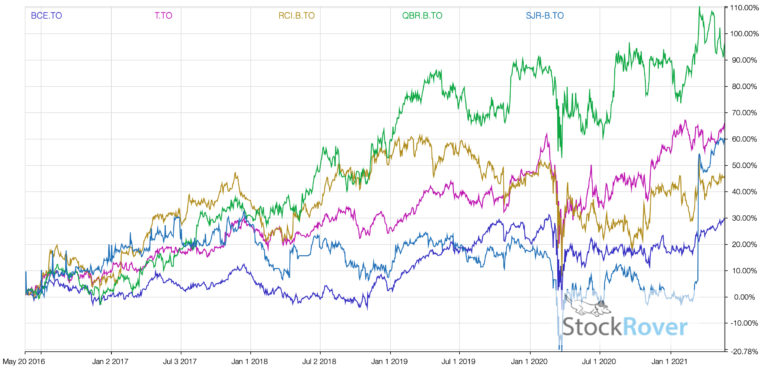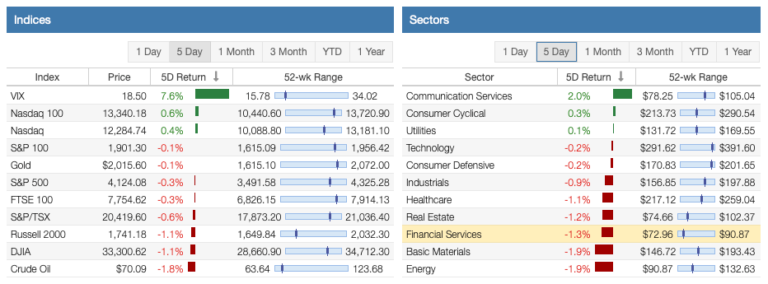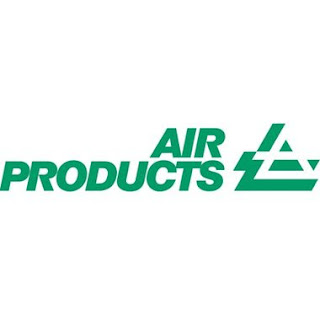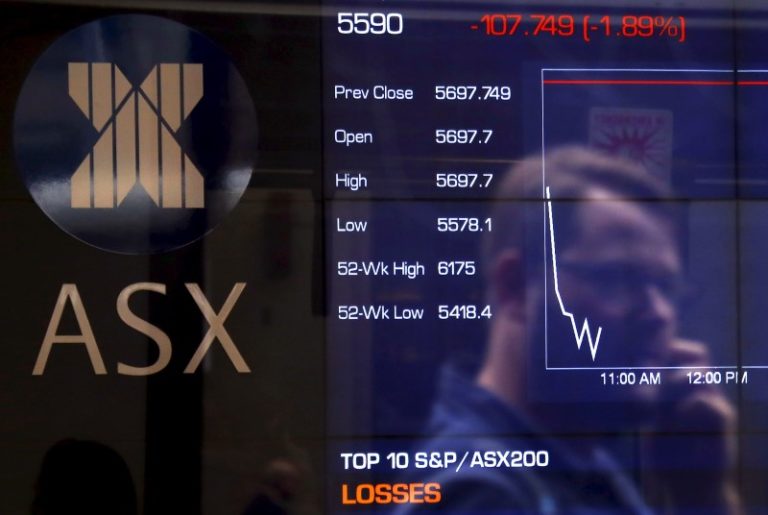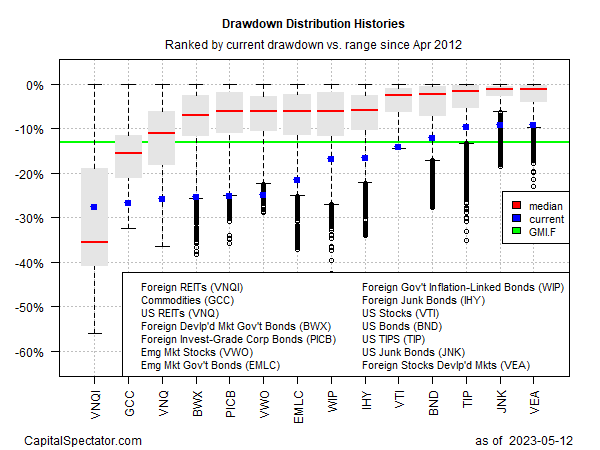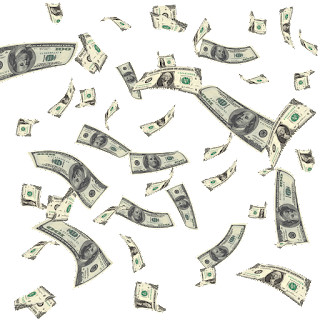
Free Cash Flow Payout vs. Dividend Payout
I am a firm believer in keeping things simple. However, you can simplify things to the point they no longer have value. In my opinion, a lot of the commonly used financial metrics can be very misleading unless you understand what is behind them. I would put EBIT, EBITDA and Dividend Payout in this category. As an investor in dividend growth stocks, I see Dividend Payout used a lot, so let’s take a closer look at it.
Dividend payout is expressed as a percentage and is calculated by dividing annual dividend per share by annual earnings per share (EPS). This tells the investor what percentage of earning the company is paying out as a dividend. At first blush this may seem to make a lot of sense, but it suffers from the following potential problems:
I. Earnings Does Not Equal Cash
As an accountant, I can tell you our profession in its pursuit of theoretical perfection has adulterated the financial statements to the point that it has become very difficult for non-accountants to understand what’s behind the numbers. Accounting pronouncements such as “Accounting for Asset Retirement Obligations” (AROs) that requires a company to recognize expenses today for cash payments that may not occur for decades or even centuries widens the gap between earnings and cash.
Applying “fair value” principles allowed under GAAP, financial institutions (and others) can mark to market debt on their books and create non-cash income or expense, depending on the direction of interest rates. Some point to mark to market accounting as one of the major contributors to the 2008 financial melt-down.
II. Quality of Earnings
Would you rather a company to increase its earnings by 1.) increasing sales and holding cost down or 2.) sell a fully depreciated plant. Obviously, you would rather have the former since it has the possibility of being duplicated over and over again. You can only sell a specific asset once. In addition to cash and non-cash earnings, a statement of earnings also contains operating and non-operating earnings.
A Better Dividend Payout Calculation
A dividend payout ratio is supposed to provide the investor with an indication of how much cash as a percent of earnings the company is paying its investors. As you can see from the above discussion, a payout ratio based on GAAP net earnings could potentially have a lot of noise in it and not provide a clear picture of the economic condition of the business.
What the investor is really wanting to know is what percentage of cash is the company paying as a percentage of cash generated from running the business. The irony here is that operating cash is readily available on the Statement Of Cash Flows in the Operating section. This section focuses on the cash generated by running the business. It excludes cash generated by selling pieces of the business – these are shown in the investing section. It also excludes cash generated from selling stock or issuing debt – these are shown in the financing section.
In calculating a payout ratio, I prefer Free Cash Flow over Operating Cash Flow. Free Cash Flow is Operating Cash Flow less normal capital expenditures (normally the first line in the investing section). For a business to remain viable, it must replace capital assets when they wear out.
The formula for Free Cash Flow Payout is simply Annual Dividend Per Share divided by Free Cash Flow Per Share. I like to see a percentage of 70% or less. The 70% is somewhat higher than many people look for with a traditional payout ratio. I am comfortable with the higher number since we are talking about real cash generated from running the business vs. accounting earnings that may or may not be there. So how do the two ratios compare?
Below are select companies with a Free Cash Flow Payout of 50% or less:
Aflac Incorporated (AFL) provides supplemental health and life insurance in Japan and the U.S. Products are marketed at work sites and help fill gaps in primary coverage. FCF Payout: 21% | Yield: 2.9%
Texas Instruments Inc. (TXN) is one of the world’s largest manufacturers of semiconductors, this company also produces scientific calculator products and DLP products for TVs and video projectors. FCF Payout: 46% | Yield: 3.1%
Chevron Corporation (CVX) is a global integrated oil company (formerly ChevronTexaco) has interests in exploration, production, refining and marketing, and petrochemicals. FCF Payout: 44% | Yield: 4.0%
Although Free Cash Flow Payout is a better payout ratio than the traditional dividend ratio, the investor should look at both and understand the differences. Taking an expense for impairing goodwill is much different than recognizing an expense for losing a lawsuit. The former will not directly involve future cash out the door, but the latter will if the company loses on appeal.
Full Disclosure: Long AFL, TXN, CVX,
Related Articles
Tags:
.
Published at Tue, 12 Jul 2022 00:00:00 -0700

